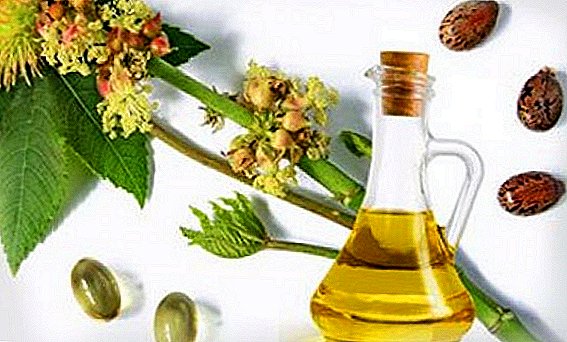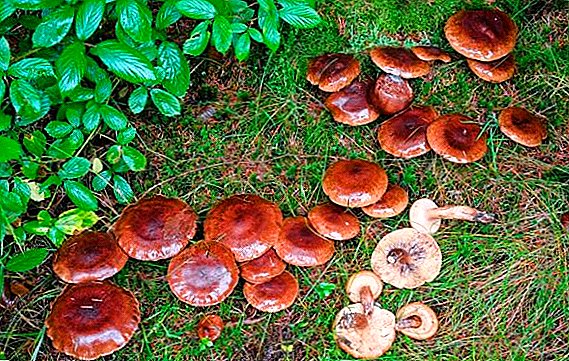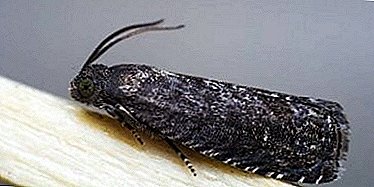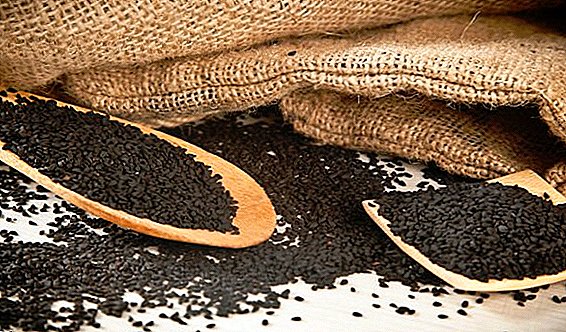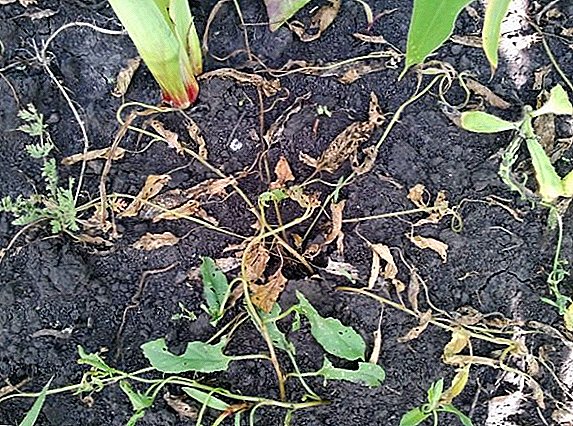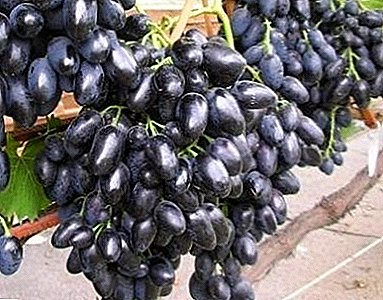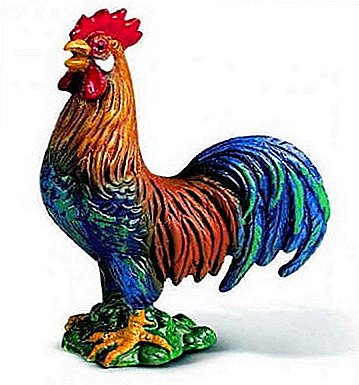
Trichomoniasis is called parasitizing of unicellular animals, protozoa of the genus Trichomonas in the upper part of the digestive tract (oral cavity, goiter, esophagus, glandular stomach) and in other systems of the organism of chickens.
The pathogen with the help of a special protein substance attaches itself to the surface of bird cells and causes diphtheritic (with the appearance of overlays) inflammation and the appearance of ulcers.
For the first time Trichomonas in the middle of the XIX century described the French scientist A. Donne, but it was a pathogenic species for humans.
As for chickens, cases of Trichomonas infection were recorded in the late 40s of the 20th century, and in 1961, the zoologists P. Meza, M. Bertrong and K. Staebler completed a monograph on pathological changes in the organs of birds with trichomoniasis.
In the 70s, N.Levin continued research in the framework of his scientific work on protozoal infections in domestic and farm animals.
Spread and severity
 Chickens are infected with trichomoniasis from pigeons, so outbreaks of the disease are observed in those farms where there is an opportunity for contact with wild birds.
Chickens are infected with trichomoniasis from pigeons, so outbreaks of the disease are observed in those farms where there is an opportunity for contact with wild birds.
Suffers mostly young in the age of up to a month.
Unlike pigeons, in which trichomoniasis occurs frequently, domestic chickens lack immunity to it, which can be fatal for more than half of the diseased and, consequently, economic damage.
With adequate and timely treatment, significant losses can be avoided.
Causative agents of trichomoniasis in chickens
 Two types of Trichomonas Trichomonas gallinae and Trichomonas gallinarum are dangerous for chickens, the first lives in the esophagus and stomach, the second in the intestines.
Two types of Trichomonas Trichomonas gallinae and Trichomonas gallinarum are dangerous for chickens, the first lives in the esophagus and stomach, the second in the intestines.
Trichomonas relate to flagellated protozoa, they quickly move with the help of flexible outgrowths, they have a body that is thickened on one side.
Propagated by division, like all protozoa.
Resistance to environmental conditions may vary: they persist in birds' excrement for up to 4 days, when exposed to ultraviolet rays they die in less than 5 hours, and they are very resistant to low temperatures - they survive at -60 degrees.
Chemicals (formalin, rivanol, potassium permanganate) have a detrimental effect on Trichomonas; it takes only a few minutes to completely disinfect. The culture of the pathogen is grown on nutrient media containing the blood of animals.
Course and symptoms
 Inside the chicken population, birds become infected from each other through water and feed.
Inside the chicken population, birds become infected from each other through water and feed.
From the moment of Trichomonas in the body until the first signs of the disease takes about a week, in some cases 3-4 days.
The course may be acute or chronic.
Patients with an acute form of chickens stop eating normally (they are difficult to swallow), move actively, look apathetic, sleep most of the time, the plumage is strongly disheveled, and the wings are lowered.
When moving, the gait is unsteady, lameness. Diarrhea on the part of the digestive system, excrement liquid with bubbles, colored light yellow, with a pungent odor.
Sometimes there are twitching muscles, inflammation of the mucous membrane of the eyes, the yolk sac. Yellowish liquid is released from the mouth.
Examining a sick bird, one can see on the mouth mucosa yellow, cheesy overlays that are hard enough to remove, and if this succeeds, a deep, bleeding ulcer opens in this place.
Such overlaps are palpable through the skin in the esophagus, and when opened, they are found in all affected organs. This is how dying parts of tissue look, they can tear off and completely block the lumen of the esophagus, stomach, and cecum.
In some cases, the cells die off over the entire thickness of the wall of the organ, and then its spontaneous perforation is possible with the contents being poured out into the chest-abdominal cavity and the development of peritonitis, perearditis, blood poisoning. The liver significantly increases in size, swells.
Birds of chronically ill trichomoniasis are distinguished by poor plumage (complete baldness of certain areas is possible) and reduced weight.
How to recognize?
 A preliminary diagnosis is made after inspection and collection of clinical data.
A preliminary diagnosis is made after inspection and collection of clinical data.
To confirm, take swabs from the mucous membranes of birds and microscopy.
In the field of view should be at least 50 trichomonads.
A smaller amount may mean that the bird is a carrier, but the cause of pathological changes is different.
In order to clarify the diagnosis, the tissues of dead birds are taken for analysis or the pathogen is isolated by cultivation on nutrient media.
It is also necessary to take into account that manifestations of trichomoniasis are similar to the clinical picture with vitamin A deficiency, avian smallpox and candidiasis.
In avitaminosis A, dense, small, whitish nodules appear on the surface of the esophageal mucosa. To exclude smallpox, the presence of specific lesions on the crest and on the sides of the beak is checked.
Candida causes appearing on mucous grayish-white membranous overlays.
Treatment
 For the treatment of chickens for trichomoniasis, the same antiparasitic drugs used for the treatment of other animals and people are used - metronidazole, furozalidone, nitazole.
For the treatment of chickens for trichomoniasis, the same antiparasitic drugs used for the treatment of other animals and people are used - metronidazole, furozalidone, nitazole.
Metronidazole (another name - "trichopol") is considered the most effective drug in the fight against protozoa.
Chickens are well tolerated, there are only minor side effects from the digestive system. The smallest particles of metronidozol are built into the enzyme system of Trichomonas, their breathing stops and the cells die.
Metronidozol is added to water at the rate of 3 g per liter of water. Also prepare a solution (17 g per liter of water) and instilled into the oral cavity.
If there are strong discharges, they are removed with a gauze pad, also moistened with Trichopolum solution. Treatment continues for a week.
 The easiest chicken Orpington is a leader in the number of meat brought.
The easiest chicken Orpington is a leader in the number of meat brought.But how to treat infectious bronchitis of chickens, you can read here: //selo.guru/ptitsa/kury/bolezni/k-virusnye/infektsionnyj-bronhit.html.
Prevention and control measures
Protect chickens from infection with trichomoniasis can eliminate the possibility of their contact with pigeons, the vast majority of whom are carriers of the infection.
In order to prevent the spread of the disease, when infected birds are detected, they are immediately removed from the house, and all surfaces are thoroughly disinfected.
A sufficient content in the diet of chickens of the vitamins and trace elements they need contributes to the formation of a strong general immunity and reduces the risk of infection.


